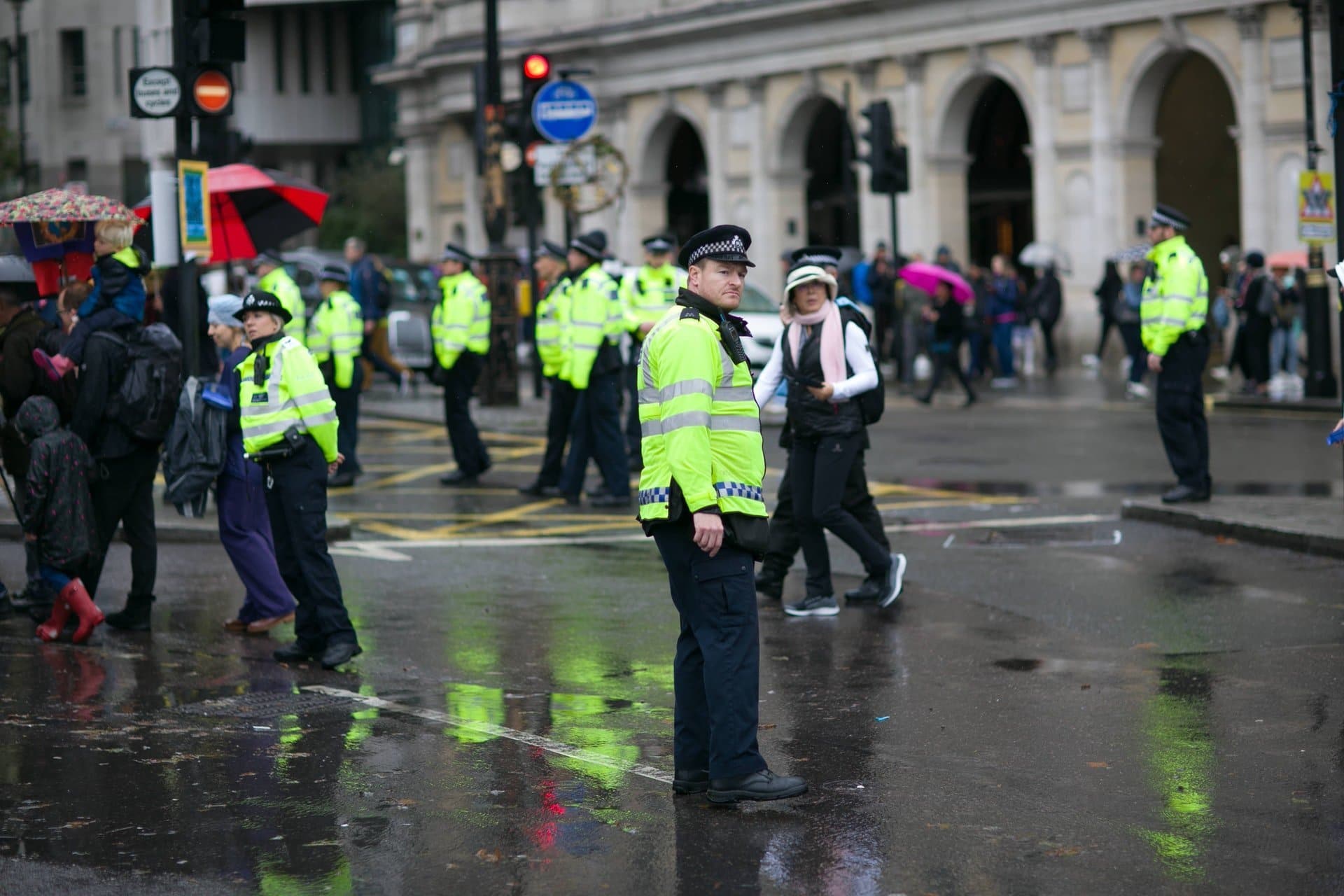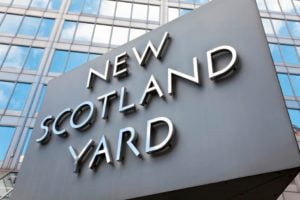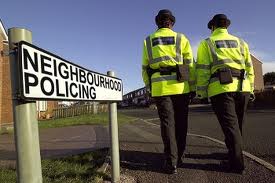The future of policing
Today the Police Foundation has published its first major report from the Strategic Review of Policing in England and Wales. The report describes how the challenges to public safety and security have been transformed since the turn of the millennium, driven by three interconnected forces of technological change, globalisation and the rise of more complex social problems. Each of these has contributed to a more complex landscape of crime and harm which requires a radically different response from government, the police and wider society.
In particular these forces have expanded the range of demands on the police, raising questions as to whether policing as currently constituted can meet the scope and complexity of the demands placed upon it.
This report describes the nature of the public safety and security challenge facing the country as we look to the 2020s and 2030s. The second phase of the Review, to be concluded in 2021, will look at how we should respond to that challenge.
The public safety challenge
The public safety challenges facing England and Wales have been transformed by technology, globalisation and the rise of more complex social problems. We are, on some measures, a safer society than we were at the turn of the millennium. However, the nature of the threats, risks and harms to which we are exposed have become more varied and complex. As a result, the task of policing has become more demanding.
Traditional volume crime has fallen by 70 per cent since the mid-1990s, including a 72 % fall in violent crime, a 74% fall in burglary and a 79.5% fall in vehicle theft. Much of the drop in acquisitive crime has been driven by improvements in home and vehicle security and we have seen similar falls in other
countries. There has also been a decline in the numbers of people who perceive antisocial behaviour to be a major problem in their area.
In place of these traditional crime and disorder issues we have seen a huge rise in crime committed on the internet, a venue for crime that did not exist thirty years ago and one which operates beyond the jurisdiction of local and national police agencies.
There has been an increased focus, by the police and wider society, on crimes that were scarcely regarded as policing issues decades ago, in particular violence, abuse and sexual crime that takes place in the home or in other private settings. Reports of domestic violence incidents increased by 77% between 2016 to 2019; reports of stalking and harassment by 792% cent between 2012 to 2019; reports of rape by 260% between 2013 and 2019; and reports of child sexual offences by 204% between 2012/13 and
2017/18.
This increase in reporting is likely to have been driven by greater confidence among victims that if they report these offences they will be taken seriously by the police and the criminal justice system. However, a huge rise in demand for complex areas of criminal investigation has proved to be a major challenge for police forces, who have been stretched in their capacity and tested in their capabilities, particularly where cases require the examination of large volumes of digital evidence.
As other public services have been cut back, the police have been left responding to increased numbers of incidents involving people with multiple disadvantages and whose needs cannot be met through traditional public service silos. It is estimated that mental health related incidents reported to the police increased by 28 % between 2014 and 2018 and the number of missing person incidents reported to the police increased by 46% between 2013/14 and 2016/17.
The public security challenge
How people experience crime, harm and policing is as important as the objective trends in threats, risks
and harms described above. If people feel unsafe then this is likely to have an impact on their wellbeing and is therefore a legitimate and important focus of public policy.
According to opinion polls crime has been rising as a public concern since 2015 and in 2019 reached the
same level of public concern as during the August 2011 riots. This is linked to the fact that more people
think crime is rising, even though the overall crime rate as measured by the CSEW has remained fairly steady. Fear of crime is higher among those who live on low incomes, live in deprived areas or are black, Asian or of mixed ethnicity, compared to those who are white.
People’s experience of policing varies widely and, while some people see the police as contributors to
their safety, others experience policing as a source of insecurity. Black people and those of mixed ethnicity are much less likely than white people, Asian people and those of other ethnicity to trust the police and be confident that the police will treat them fairly and with respect.
These findings are long standing and reflect persistent disproportionalities in the use of police powers. Addressing the reasons for those disproportionalities and the lower levels of confidence in the police among some minority communities, particularly among black people, is a core challenge for the police service, and the country, in the years ahead.
The purpose of the police
In the Peelian tradition, the question of the role and purpose of the police can only be answered with
reference to the public. The police in England and Wales are not only publicly funded, public-facing
and publicly accountable, but draw their ideological legitimacy and power from public approval, consent and cooperation.
Focus group research undertaken by the Police Foundation in 2019 generated three findings of particular relevance to this Review:
- There is support among members of the public for visible local policing.
- When provided with more information about the nature of contemporary police work, there is support for the police prioritising high harm areas such as violent and sexual crime over lower level disorder issues.
- When focus groups participants were asked what the police specifically should do, they felt compelled to limit this to what was ‘crime-related’ or ‘just the immediate crisis’.
Conclusion
Having set out the challenges to modern policing, the second part of the Strategic Review of Policing will look at the critical components of the response including:
- The role of the police over the next 20 years
- How the legitimacy of the police, particularly with BAME communities, can be strengthened.
- How the police should be resourced, governed and held to account.
This is a conversation that as many of us as possible need to get involved in.
Thanks to Phil Hearing for permission to use the header image, previously published on Unsplash.








